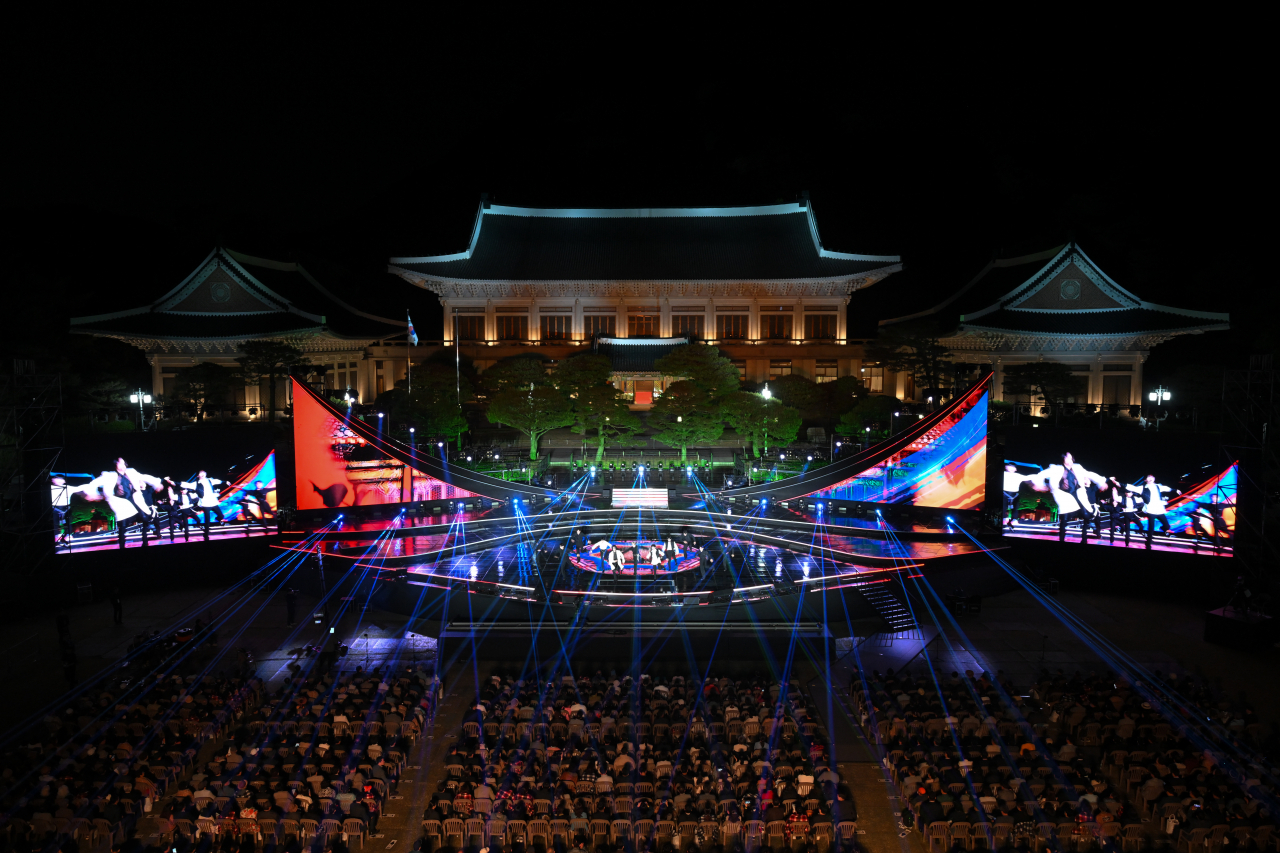
Marking the first year of the full public opening of Cheong Wa Dae, the former presidential office and residence, on May 10, the National Museum of Korean Contemporary History hosted an academic seminar on Thursday, where scholars and field experts discussed the historical meaning and significance of the space.
The four-hour seminar “History of Cheong Wa Dae Space” provided a platform for presenting diverse perspectives on Cheong Wa Dae, spanning different periods in Korean history.
During the Goryeo Kingdom, the grounds served as a secondary palace at Namgyeong, meaning the “southern capital.” In the Joseon era, the current Cheong Wa Dae site was used as Gyeongbokgung's rear garden.
In 1910, the Japanese took over the site following the annexation of Korea and turned it into the governor general's residence, with some areas serving as a park.
After Korea's liberation in 1945, it became the official residence of the US Forces Commanding Officer in Korea for about two years. In 1948, President Syngman Rhee became the first to use the compound as his presidential office.
After the student-led April 19 Revolution in 1960 that led to the resignation of Rhee, President Yoon Bo-sun renamed the compound “Cheong Wa Dae,” or “building with blue roof tiles,” replacing its previous name, “Gyeongmudae."
Cheong Wa Dae was used as the presidential office and residence for over seven decades until President Yoon Suk Yeol took office last year and decided to move the presidential office to the Defense Ministry building in Yongsan, central Seoul, with the presidential residence moved to Hannam-dong in the same district.
Suh Young-hee, a professor specializing in Korean history at Tech University of Korea, explained how the compound was used during the time of King Gojong of Joseon.
She argued against perceiving Cheong Wa Dae's future as merely a public space for art or performances, relegating it to a mere tourist destination. Instead, Suh emphasized the necessity of restoring the historicity of Cheong Wa Dae by reviving memories of the rear garden of Gyeongbokgung during the Joseon era.
Nam Yong-hyub, director of a research center affiliated with E-So Architects, gave a presentation on the architectural aspects of governor general's residences during the Japanese colonial era.
Nam examined three former governor general residences: one on Namsan, another in Yongsan and Gyeongmudae, behind Gyeongbokgung. While the three served the same purpose, the stories behind their locations in each period and their unique architectural characteristics remain invaluable research sources for architects, according to Nam.
Ahn Chang-mo, a professor in Kyonggi University's School of Architecture, explored the the initial form of Gyeongmudae and how it was transformed into Cheong Wa Dae.
Kim Baek-yung, a professor in Seoul National University's sociology department, delved into the topic of the “desanctification” of the Cheong Wa Dae compound in light of democratization. Kim highlighted the significant shift that occurred after the June Democracy Movement of 1987, when the space became less authoritarian, and subsequent efforts that were made to lower the barriers around the compound and make it more approachable.
The seminar provoked discussions on issues that have been largely overlooked, including the area's historical roots and transformation in the face of changing political landscape, amid the compound now being utilized in various ways following its opening.





